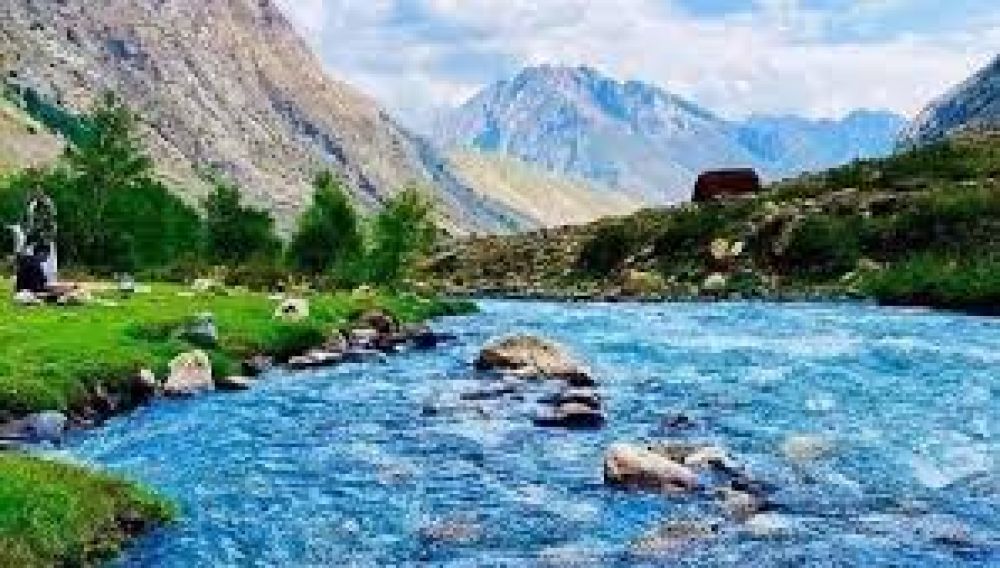

The serene Pishin Valley, nestled near Quetta in the province of Balochistan, Pakistan, has been a site of natural beauty and rural charm for centuries. The history of tourism in Pishin Valley is intertwined with its pastoral landscapes, cultural heritage, and strategic importance in the region.
Historically, Pishin Valley was better known for its agricultural productivity and strategic military relevance rather than as a tourist destination. It gained some attention from British military officers during the colonial era who sought respite from their duties in the pleasant climate of the valley. This inclination laid the initial foundation for the valley's potential as a tourism hub, but it wasn't until Pakistan's independence that Pishin Valley slowly began to emerge onto the tourism scene.
In the latter half of the 20th century, as the country's infrastructure improved, Pishin Valley's accessibility increased, drawing in more visitors both domestically and from abroad. The Pakistani government and private investors started to recognize the valley's tourism potential, leading to the development of basic facilities. Despite this growth, the valley remained a relatively off-the-beaten-path destination due to a combination of regional instability and less promotion compared to Pakistan's other tourist hotspots.
The main attractions in Pishin Valley revolve around its abundant orchards, picturesque landscapes, and the local culture. Enjoying the harvest festivals, savoring the fresh fruits, and participating in traditional festivities constitute the essence of Pishin Valley's allure for tourists. Additionally, the valley's pleasant weather during the summer months presents an ideal retreat for those looking to escape the scorching heat of the plains.
In recent years, eco-tourism and cultural tourism have become significant trends in Pishin Valley's tourism industry. Visitors are increasingly interested in experiencing the valley's natural beauty while promoting environmental sustainability. There is also a growing appreciation for the cultural and historical aspects of the region, with tourists seeking authentic experiences that include local customs, cuisine, and handicrafts.
Moreover, adventure tourism has also started to emerge, with activities such as hiking, trekking, and exploring the uncharted terrains of the valley and its surroundings. Pishin Valley's potential in this domain remains largely untapped, offering vast opportunities for growth.
Despite the global setbacks caused by the COVID-19 pandemic, Pishin Valley, like many other tourist destinations, is witnessing a shift towards domestic tourism. This shift is partly due to international travel restrictions and a newfound appreciation amongst Pakistanis for the beauty of their own country.
The tourism history in Pishin Valley has been a gradual journey of discovery, from a backdrop of practical agriculture and military importance to a burgeoning destination for those in search of tranquility and adventure. As the world moves forward, Pishin Valley stands poised to become an ever-more diverse and enriching experience for visitors, both from within Pakistan and the wider world.
Note: Travelers looking to explore Pishin Valley are advised to check with local authorities and travel agencies for the latest travel advisories and requirements, as well as the status of facilities and attractions in the area.